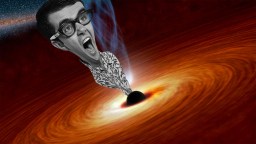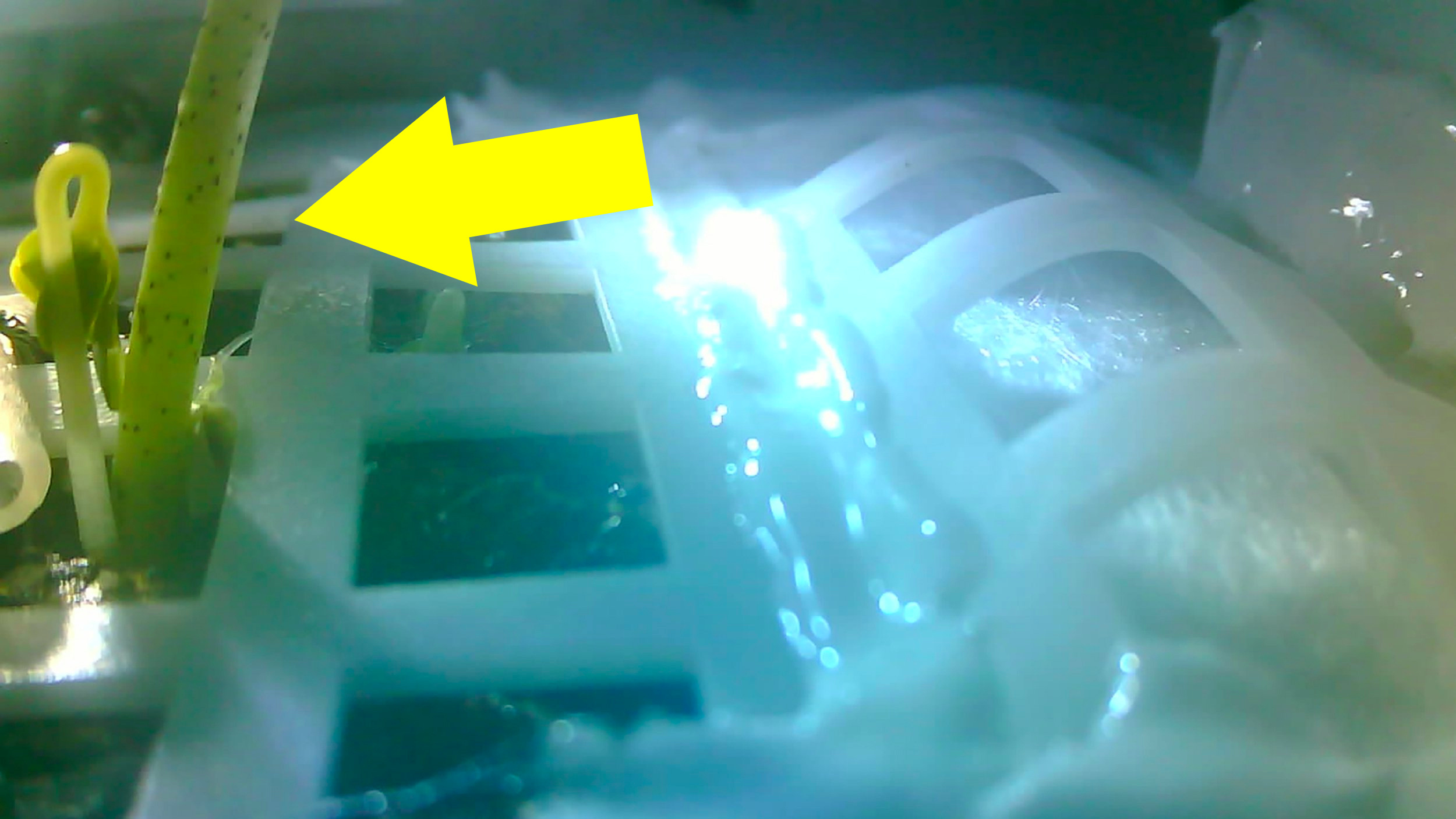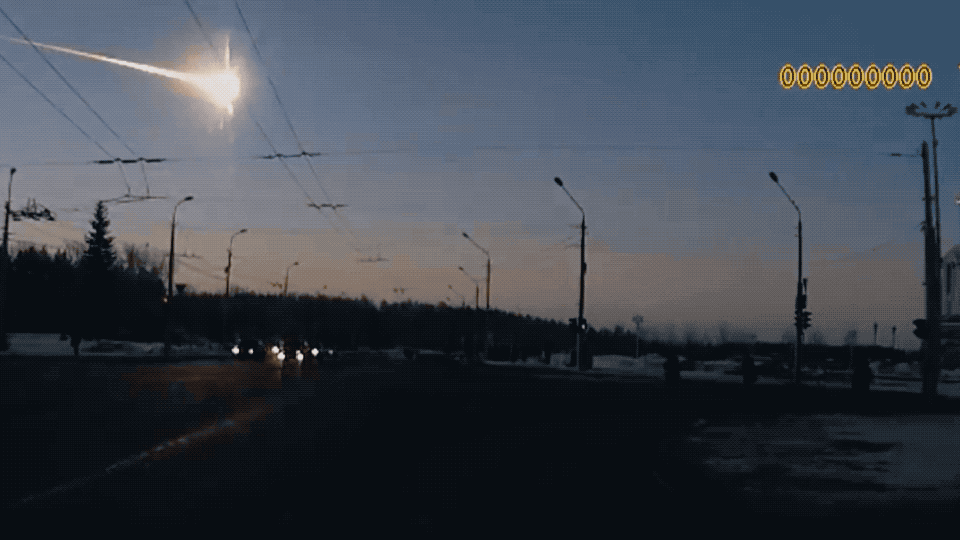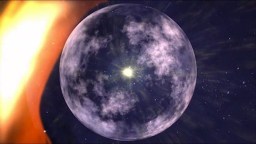nasa
A lot goes into being weightless.
▸
4 min
—
with
Scientists examined data from 20 years ago to reach a startling new conclusion.
If the universe is expanding in all directions, why is Andromeda hurtling toward the Milky Way?
▸
4 min
—
with
Getting to close to a black hole is a nightmare waiting to happen.
▸
3 min
—
with
FOIA release sheds light on the DOD’s own struggle to understand UFOs.
A NASA astronomer explains how astronauts dispose of their, uh, dark matter.
▸
2 min
—
with
It has already found several bizarre planets outside of our solar system.
China’s Chang’e 4 biosphere experiment marks a first for humankind.
These photos of scientific heroes and accomplishments inspire awe and curiosity.
Proxima Centauri, our closest star, is more than 4 light years away. Reaching it under 10,000 years will be challenging; reaching it with living humans will be even harder.
If a doomsday asteroid is set to collide with Earth, you’re going to know about it – whether you want to or not.
▸
3 min
—
with
That disastrous rock may now looks to have been a Beta Taurid passenger
NASA’s Michelle Thaller explains how an accidental discovery led to the 1978 Nobel Prize in Physics.
▸
2 min
—
with
It’s the first time humans have landed a spacecraft on the far side of the moon.
Recipe for awe: Coat one egg with Starlite. Blast it with a ridiculous amount of heat until charred black. Crack it open.
On Tuesday, NASA’s New Horizons spacecraft flew by the space rock, located some 4 billion miles away from Earth.
Two new papers say everything we knew about black holes was wrong.
The findings of the controversial study flew in the face of past research on ice gains in Antarctica.
Star production peaked three billion years after the Big Bang.
It was captured by the Parker Solar Probe, which is currently studying the star.
The NASA probe has ventured beyond our solar system.
▸
with
The photos were taken the same day as Russian cosmonauts investigated a mysterious hole discovered in one of the craft.
Breakthrough Starshot is moving ahead with an audacious vision for space exploration.
Astronauts will be able to harvest the Moon’s natural resources to sustain human life.
▸
3 min
—
with
On Friday, NASA’s InSight Mars lander captured and transmitted historic audio from the red planet.
Russia has launched several so-called “inspector satellites” that could potentially be weaponized.
To strengthen your mind, work with your hands, says former astronaut Leland Melvin.
▸
3 min
—
with
NASA’s Michelle Thaller explains why the term ‘Big Bang’ is misleading, and how to best imagine the shape of the universe.
▸
4 min
—
with
In order to build a second Earth, we need to look at how the first one was made.





























